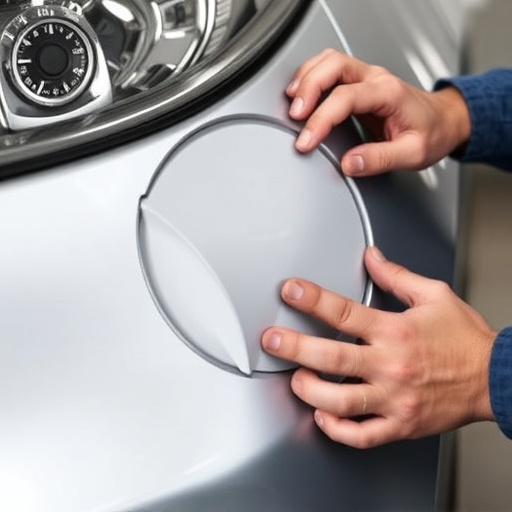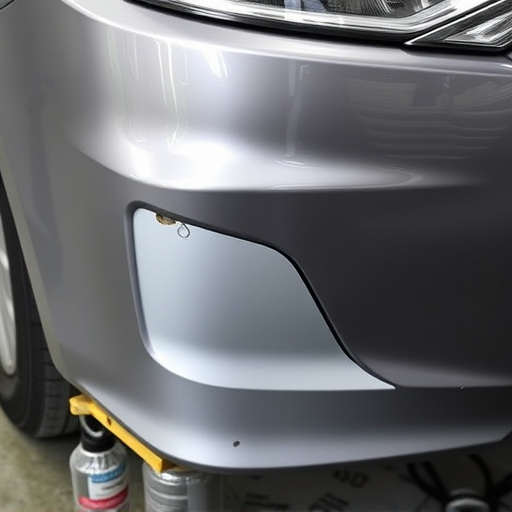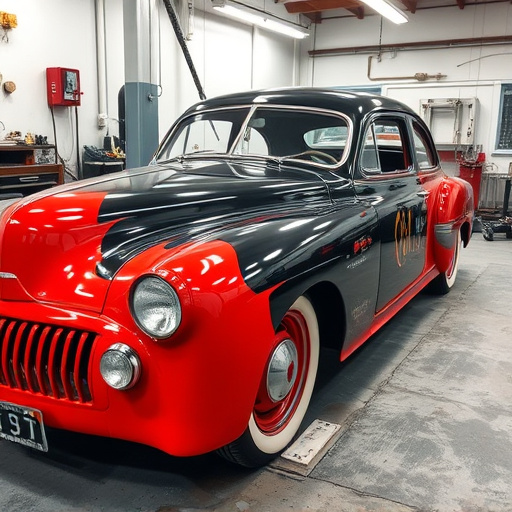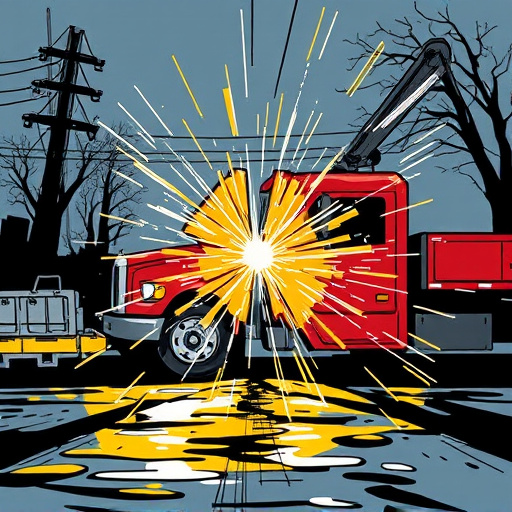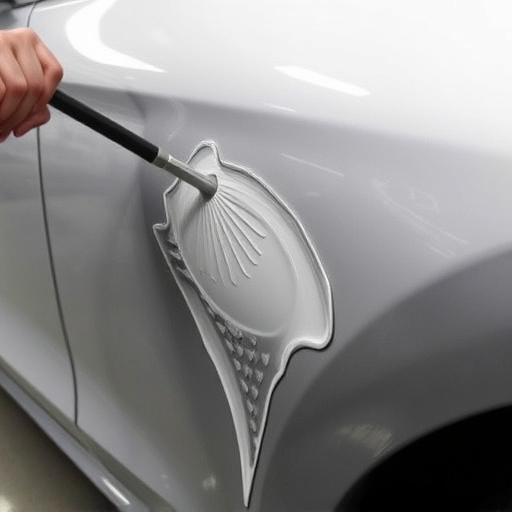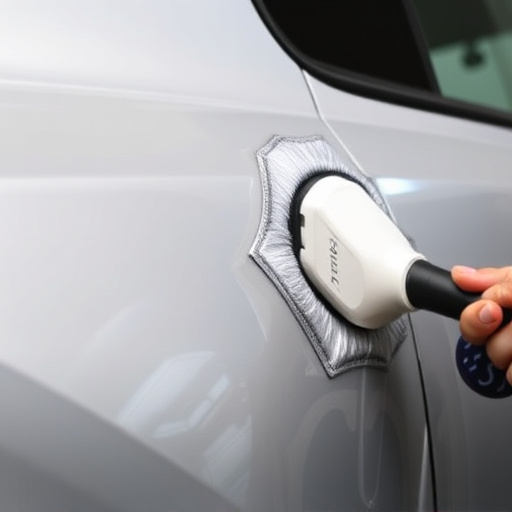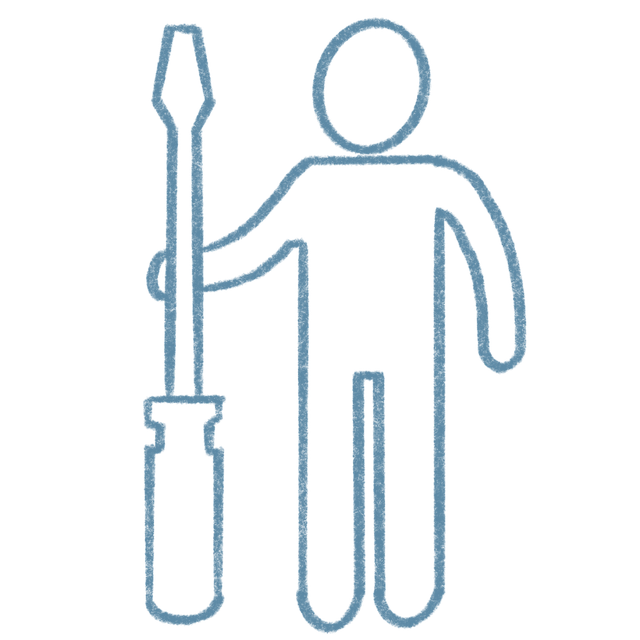Customer safety assurance is paramount for businesses in auto maintenance and bodywork, going beyond legal requirements to prioritize client well-being. Safety checklists are vital tools, providing structured vehicle inspections from frame straightening to repairs, ensuring consistent safety standards, client trust, and satisfaction. Implementing and regularly updating these checklists across all services, like paint repair, empowers employees to minimize risks, enhance client protection, and foster a culture of vigilance, ultimately boosting business reputation as a reliable, trustworthy service provider focused on customer safety assurance.
In today’s competitive market, ensuring customer safety assurance is paramount for businesses. This article explores the critical role of safety checklists as powerful tools to support and enhance customer safety goals. We delve into understanding the significance of customer safety assurance and how structured checklists can navigate potential risks. By implementing effective practices, organizations can foster a culture of safety, mitigate hazards, and ultimately protect their customers, fostering trust and loyalty.
- Understanding Customer Safety Assurance and its Importance
- The Role of Safety Checklists in Achieving Assurance Goals
- Implementing Effective Safety Checklist Practices for Enhanced Customer Protection
Understanding Customer Safety Assurance and its Importance

Customer safety assurance is a critical aspect of any business that involves providing services or selling products directly to consumers. It refers to the comprehensive measures and processes implemented to ensure the well-being and security of customers throughout their interaction with a company. This includes, but is not limited to, auto maintenance and vehicle bodywork services, where even a minor error can have significant consequences.
Understanding customer safety assurance involves recognizing that it goes beyond meeting legal requirements. It’s about fostering an environment where every touchpoint—from initial consultation to final delivery—prioritizes the customer’s best interests. For businesses offering car bodywork services, this means utilizing thorough safety checklists to ensure each repair or modification is carried out with precision and adherence to industry standards. Such practices not only protect customers but also build trust, enhancing the overall reputation of the business.
The Role of Safety Checklists in Achieving Assurance Goals

Safety checklists play a pivotal role in achieving customer safety assurance goals by providing a structured and systematic approach to vehicle inspection and maintenance. They act as a crucial framework that guides professionals in ensuring every aspect of a vehicle, from its frame straightening to auto bodywork repairs, meets the required safety standards. By following these checklists meticulously, mechanics can identify potential hazards, prevent accidents, and guarantee that each vehicle leaves the workshop in optimal condition.
These checklists serve as a reliable tool for maintaining consistency across various service centers. Standardized procedures ensure that every vehicle undergoes comprehensive evaluations, including meticulous frame straightening and meticulous auto bodywork repairs, adhering to safety regulations. This uniformity fosters trust among customers, knowing their vehicles are subject to rigorous safety checks, enhancing overall satisfaction and peace of mind.
Implementing Effective Safety Checklist Practices for Enhanced Customer Protection

Implementing effective safety checklist practices is paramount in achieving and maintaining robust customer safety assurance goals. These checklists serve as a structured framework, guiding every step of the customer journey, from initial consultation to final delivery. By integrating them into daily operations at collision centers or vehicle restoration facilities, professionals can ensure that no detail is overlooked, minimizing risks and enhancing client protection.
Regularly updated and tailored to specific services, such as vehicle paint repair, these checklists promote consistency and accountability. They empower employees to prioritize safety, fostering a culture where every team member is vigilant and committed to the highest standards of customer care. This proactive approach not only boosts client confidence but also contributes to the overall success and reputation of the facility as a reliable and trustworthy service provider.
Safety checklists are indispensable tools for achieving and exceeding customer safety assurance goals. By systematically outlining potential risks and implementing protective measures, businesses can create a culture of vigilance and proactive safety management. Embracing effective safety checklist practices not only enhances customer protection but also fosters trust and strengthens brand reputation in today’s competitive marketplace.

